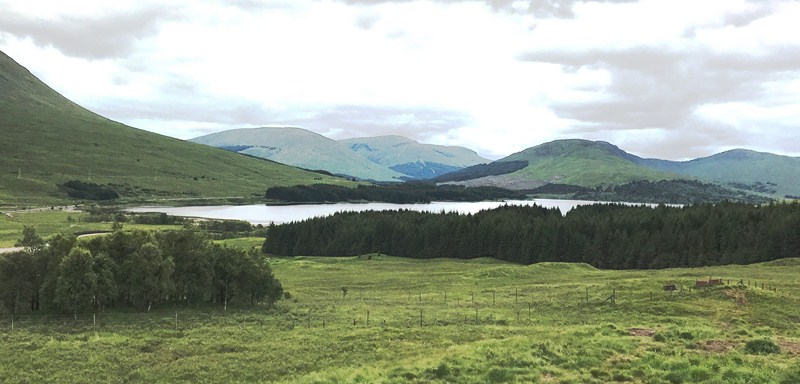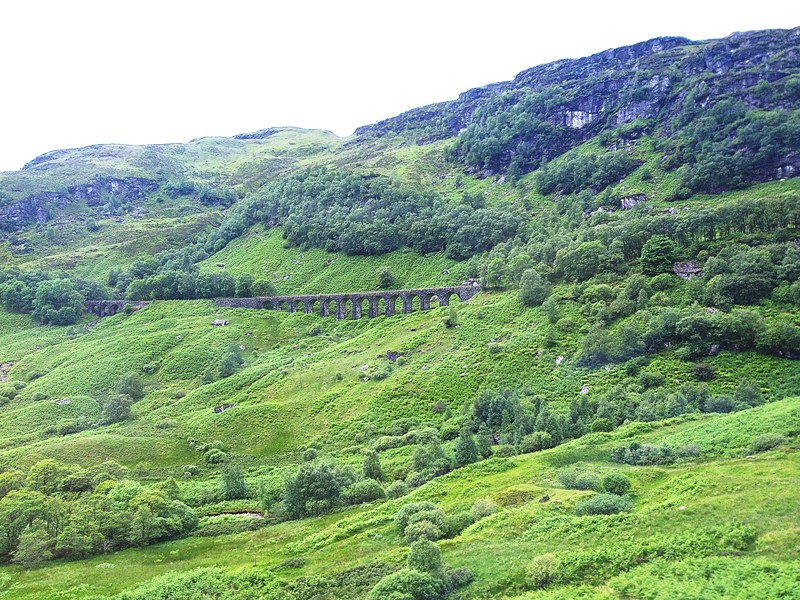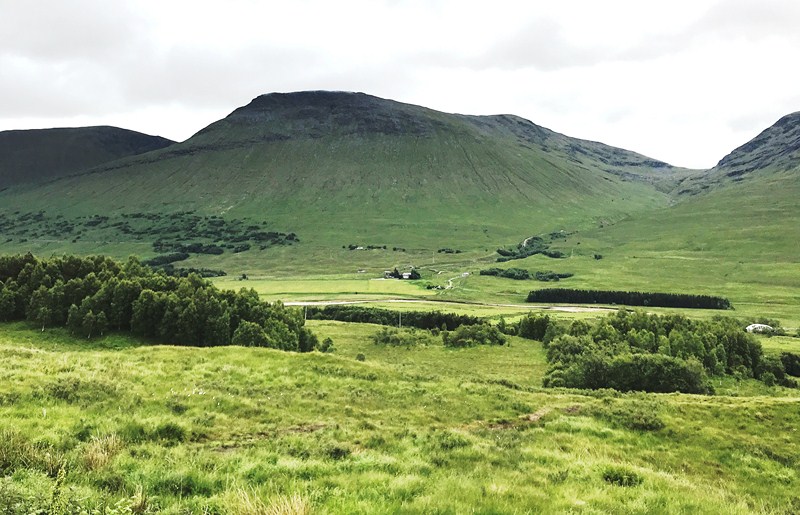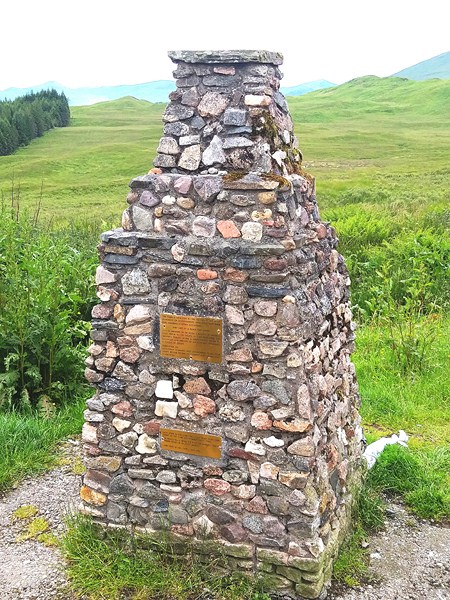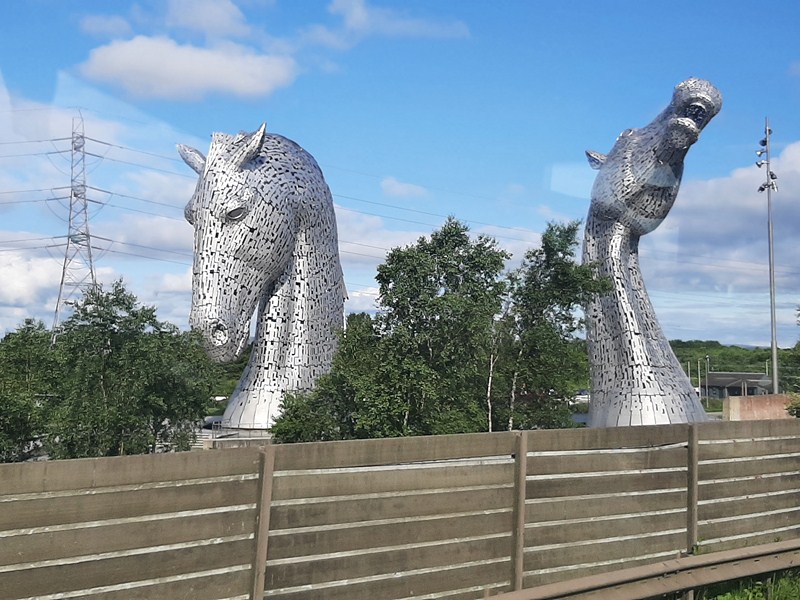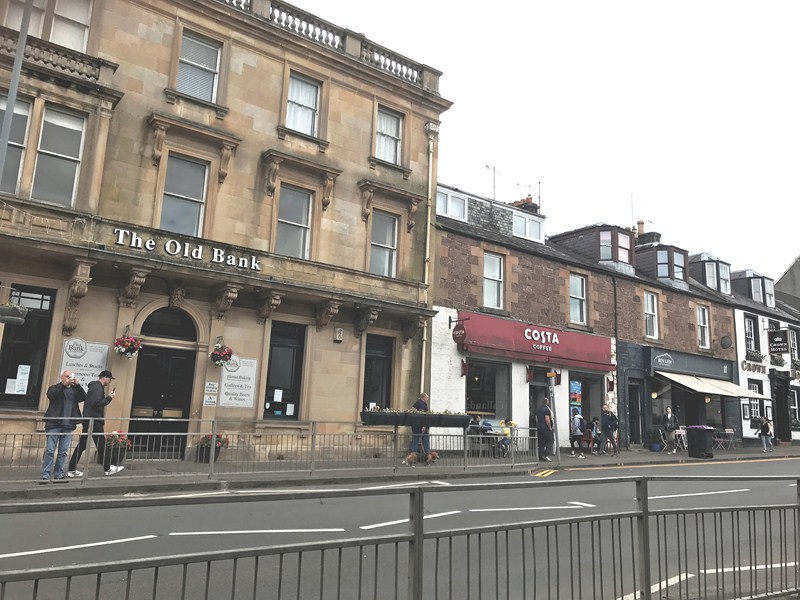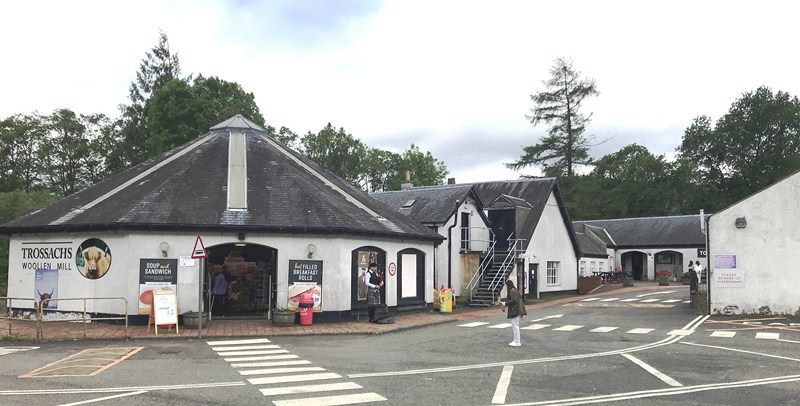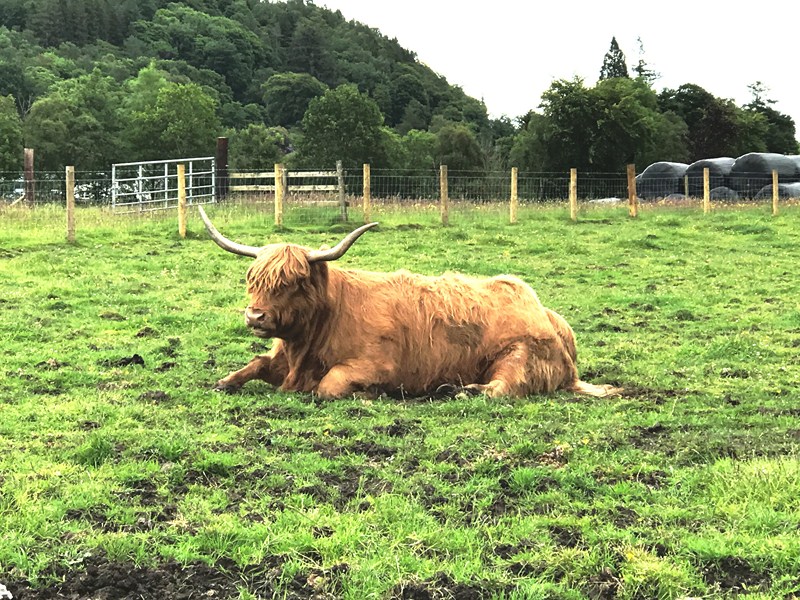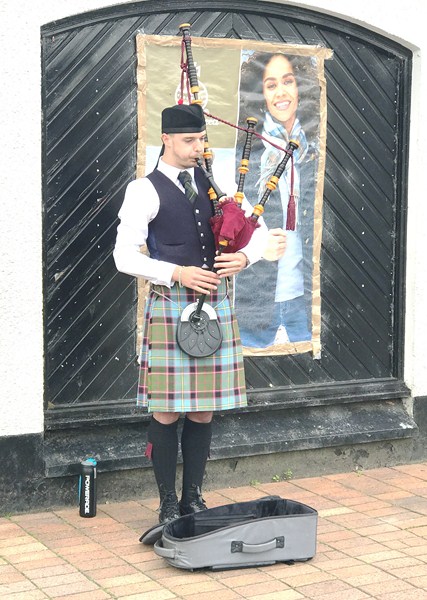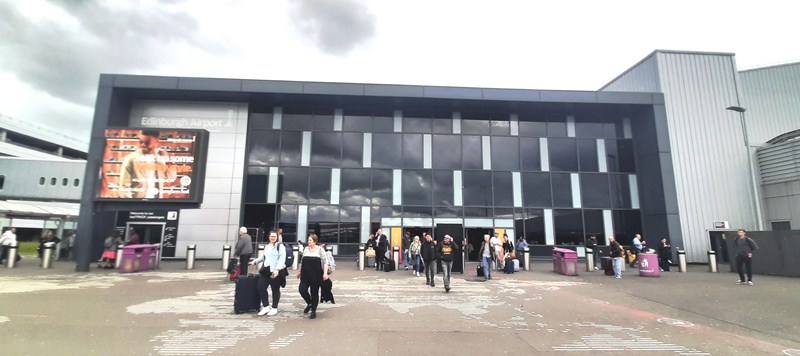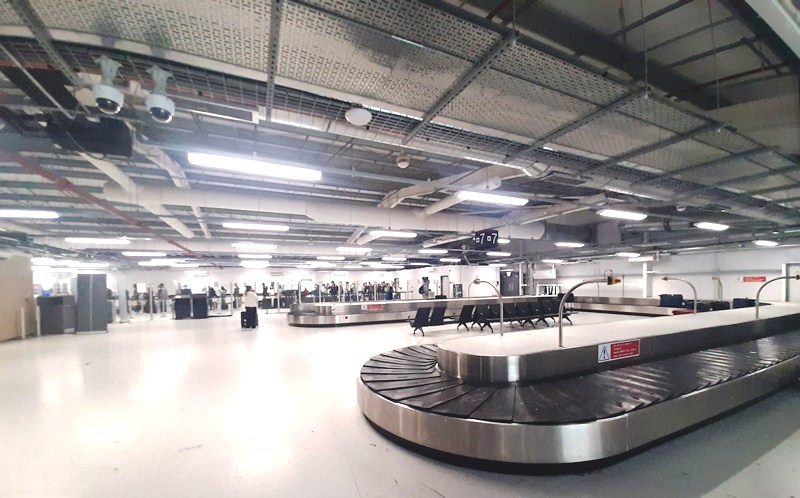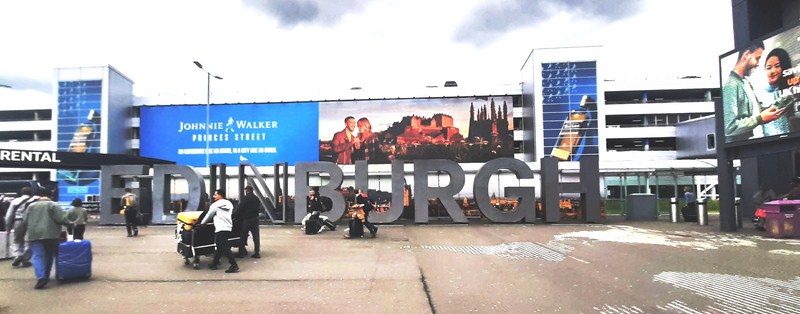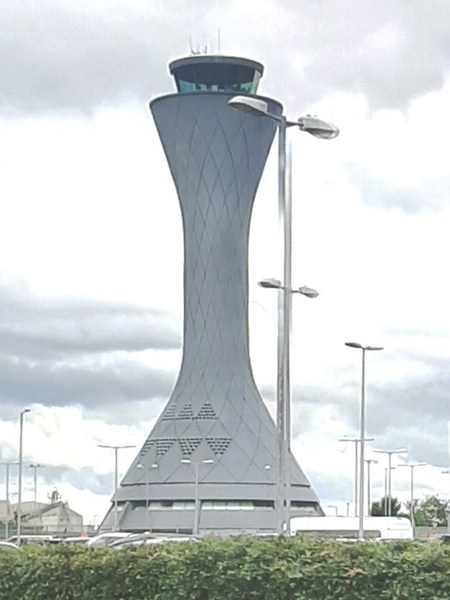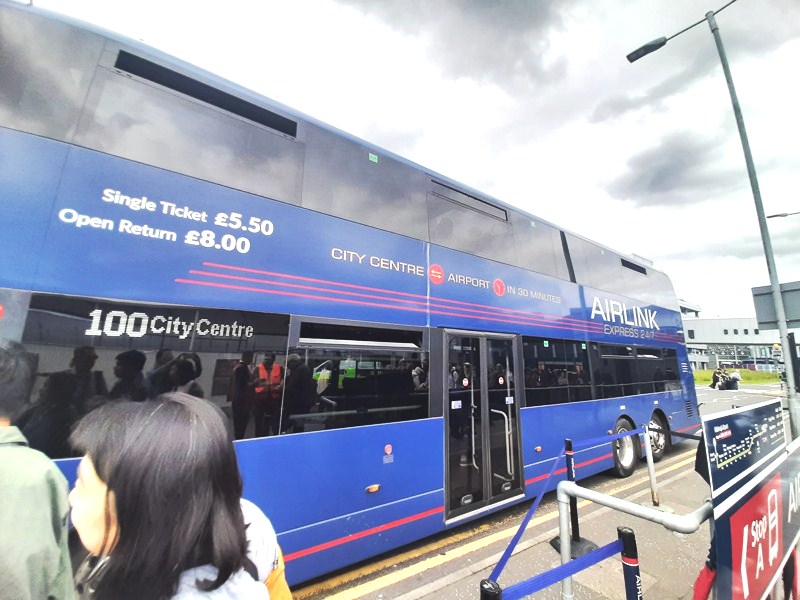Part of Scottish Highlands Tour
From Callander, a further 74-km. (a one-hour) drive, via the A84, A85 and A82, brought us to the famous Loch Tulla viewpoint, off the A82 just north of Tyndrum and near Bridge of Orchy, Argyll and Bute. Along the way, we passed by the Glen Ogle Viaduct, a 12-arch bridge built between 1866 and 1870.
Check out “Scottish Highlands Tour: Callander“
One of the most beautiful viewpoints in Scottish Highlands, it has fabulous views down to the loch below and the surrounding hills and mountains. We parked at the large viewpoint car park and a layby which is popular with visitors, and then enjoyed a little stroll along the fairly large roadside parking area.
This nice viewpoint, a must visit for us, is very popular with minibus tours as a stop off for photos. This is one of the smaller lochs that you pass if you are walking the popular West Highland Way and can be found close to Inveroran and Bridge of Orchy. The views around here, looking down on Loch Tulla, are amazing.
The loch, lying near the Black Mount mountain range and northeast of the Inveroran Hotel, is 4 kms. (2.5 mi.) long with an average width of 0.8 km.(0.5 mi.). It has a mean depth of 10 m. (33 ft.) and a maximum depth of 25.6 m. (84 ft.). The River Orchy flows from the southeastern side of the loch. It contains salmon some of which are bred locally.
Looking round, a square stone cairn caught my eye. Called the Sir Thomas Munro Memorial Cairn, it is dedicated to the memory of the numerous mountaineers who, over the years, have lost their lives in the Scottish hills, as well as to Scottish mountaineer Sir Hugh T. Munro of Lindertis who, prior to his death in 1919, published the “Munro Tables” in 1891, after a meticulous study of all Scottish mountains in excess of 3,000 ft.
The cairn contains 795 stones, one from each of the 3,000 ft. high summits of Scotland, known as the “Munros” or “Munro Tops.” It is obviously a labor of love built in May 2000 by Mr. W.G. Park who remembered to collect a small stone from each one he visited. The stone on top was taken from the ruins of Munro’s old home of Lindertis.
Loch Tulla Viewpoint: A82, Bridge of Orchy PA36 4AG, United Kingdom.
The Hairy Coo: Suites 6 & 7, Administrative Office Only, St. John’s Studios, 46A Constitution St., Leith, Edinburgh EH6 6RS, United Kingdom. Tel: +44 131 212 5026. E-mail: contact@thehairycoo.com. Website: www.thehairycoo.com.
How to Get There: Loch Tulla viewpoint is located 158.5 kms. (a 2-hour and 22 min. drive via M9) from Edinburgh and 118.75 kms. (a 1-hour and 48-min. drive via A82) from Glasgow.

